“The Invisible Game” by Zoltan Andrejkovics was one of the assigned readings in the “Business of Esports” course I took this year. While he had all sorts of interesting things to say about the esports industry, one of my favorite chapters discussed the core elements of mental tactics in competitive gaming. I’ll be honest, I have no idea if these are real terms or if he invented them for his book, but they sound cool. So, I’m keeping them.
1. Playing the Meta
Of course, we need to start with the baseline, as every other tactic is about subverting this. The Meta is whatever tried-and-true strategies are well-known to work in a given situation. Many teams are famous for being ‘meta slaves’ and never deviating from the obvious playstyles. The two current OWL juggernauts (San Francisco Shock and Vancouver Titans) are both pretty famous for this.
2. Dragon Under the Ice
This strategy is all about being unpredictable. Choosing an off-meta hero, playing an unexpected team comp, or running a map in an unusual way… All of these are ways to throw your opponent out of their comfort zone. This playstyle is very high-risk high-reward, but when it pays off, it can lead to some amazing moments.
Some teams, like the Chengdu Hunters, specialize in Dragon Under the Ice. In their case, they opted for this because they didn’t have a main tank who knew Reinhardt, forcing them to get creative. Probably the most famous use of this tactic was the now-infamous GOATS comp:
Everyone thought it was funny when an Open Division team ran a bizarre, DPS-free comp. But that comp quickly proved so effective that it dominated the entire Overwatch circuit. Eventually, the devs had to implement the 2-2-2 role lock just to kill it.
3. Ghost with a Mask
This strat is all about showing one thing and doing another. In the previous strategy, the team surprises the opponent with an unorthodox move. In this one, they put on a facade of a more normal strat and hope the enemy takes the bait. The most famous instance of this in Overwatch League history was the Gladiators’ “Brigitte in Spawn” strat during the Season 1 quarter-finals:
The Spitfire thought the Gladiators were running a classic GOATS flank and repositioned themselves appropriately for the incoming push. What they didn’t know was that Surefour was hiding in spawn as Brigitte. This let him switch to Widowmaker and pop heads in their backline, and their defense was shattered before they realized what was happening.
Here’s another example performed by a single player. Logix retreats back into spawn, seemingly countered by Stratus’ Pharah. Remember Pharah’s job in this comp is to shut down the enemy Widow. However, Logix successfully baited him into flashbang distance and finishes him off with a quickswap to McCree.
4. Dangling Live Bait
But hidden information isn’t the only way to bait an opponent into making a mistake. This strategy is all about exposing your weaknesses to the enemy and then punishing them for taking the bait. A trap doesn’t necessarily need to hide information; sometimes it can just seem like an opportunity too good to be true.
Look at the Valiant’s positioning in this clip. Bunched up around the cart, they look like easy prey for Sombra’s ultimate. However, when Sombra appears right where they predicted, a clutch flail from Agilities completely wastes Sombra’s ult.
Backcappping is another popular use of this strategy. Let the enemy think they’re beating you, then send a single stealthy player to take the objective while they’re distracted.
5. The Obfuscating Hyena
This final tactic is the most paradoxical: intentionally making a bad call with no obvious benefit. It’s almost entirely psychological, saying that you are prepared to win against this foe even suboptimally. Because of its nonsensical nature, it can prove a powerful psychological advantage against an unsure opponent.
THE GLADIATORS DECLARATION TO THE VALIANT: pic.twitter.com/CIn5nMjDVq
— Los Angeles Gladiators (@LAGladiators) June 17, 2018
During the 2018 Stage 4 playoffs, the LA Gladiators had the second-best seed, letting them choose who they wanted to play first. Their options were the LA Valiant or the (significantly weaker) Dallas Fuel. To everyone’s surprise, they chose to have a “Battle for LA” to show everyone they were the strongest team in the city (unfortunately, they lost).
BMing (bad manners) is the most-often seen form of this strategy. There’s no real reason to tactically crouch or emote after a kill beyond riling up your opponent. But, as Gator learned in this clip, karmic retribution can be swift.

Finally, your enemy might assume you have a dastardly plan and run something suboptimal against you. Florida Mayhem attempted this when running 5 DPS against the Shock during the anti-DPS GOATS meta. It also didn’t work. As these examples might show, this is the least successful of the five strategies, but it’s pretty great when it pays off.
While strategy in physical sports is obviously still a huge element, the removal of the physical sphere necessitates more attention played to mind games. At the professional level, almost everybody is going to have godly accuracy, game sense, and mechanical ability. Tactics become what separates the 1% from the rest.
Disclosure: Enthusiast Gaming owns both Daily Esports and a stake in the Vancouver Titans.




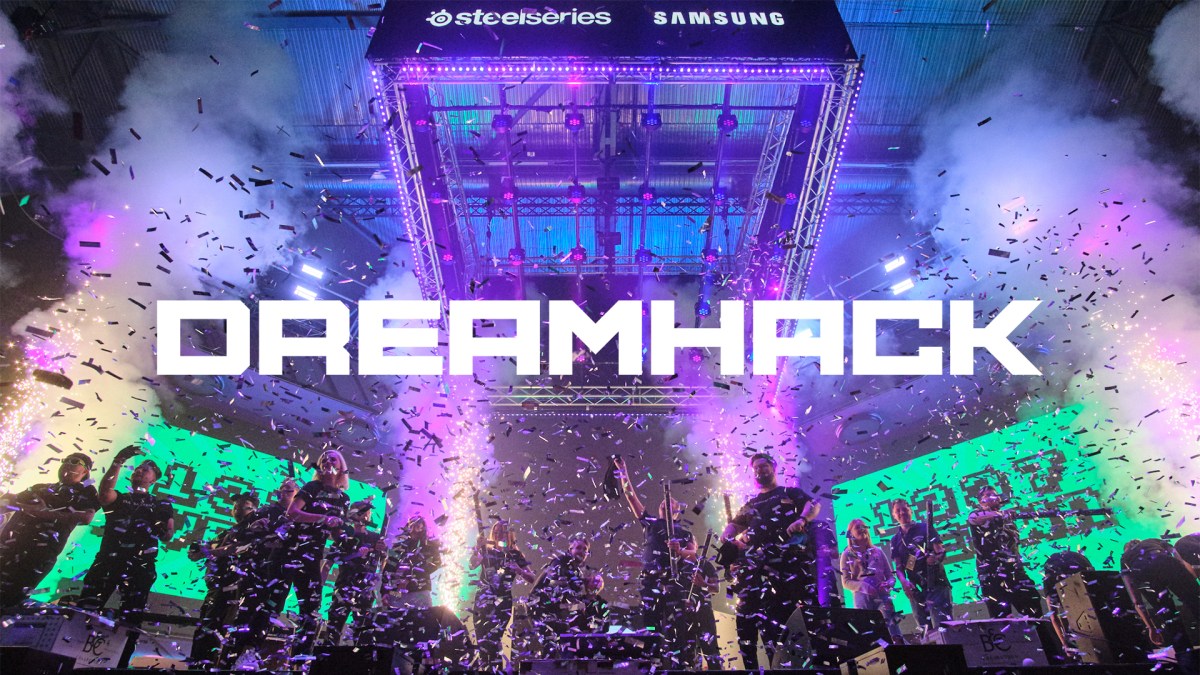





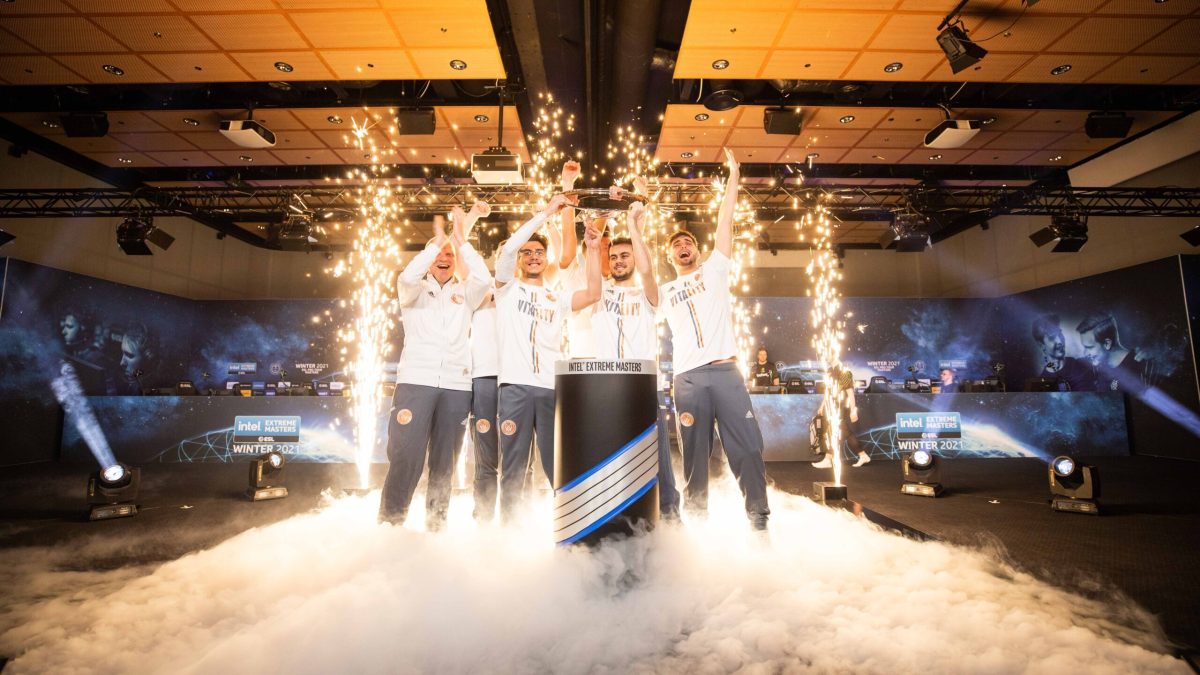

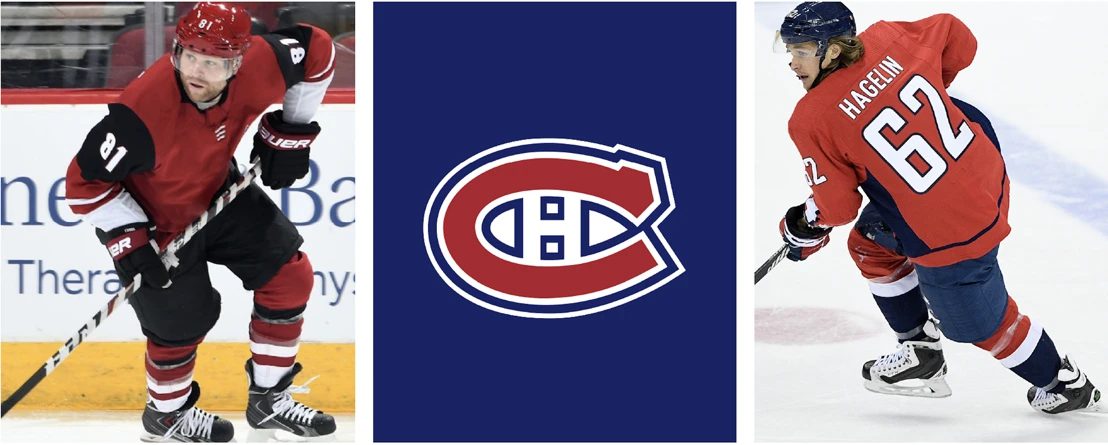

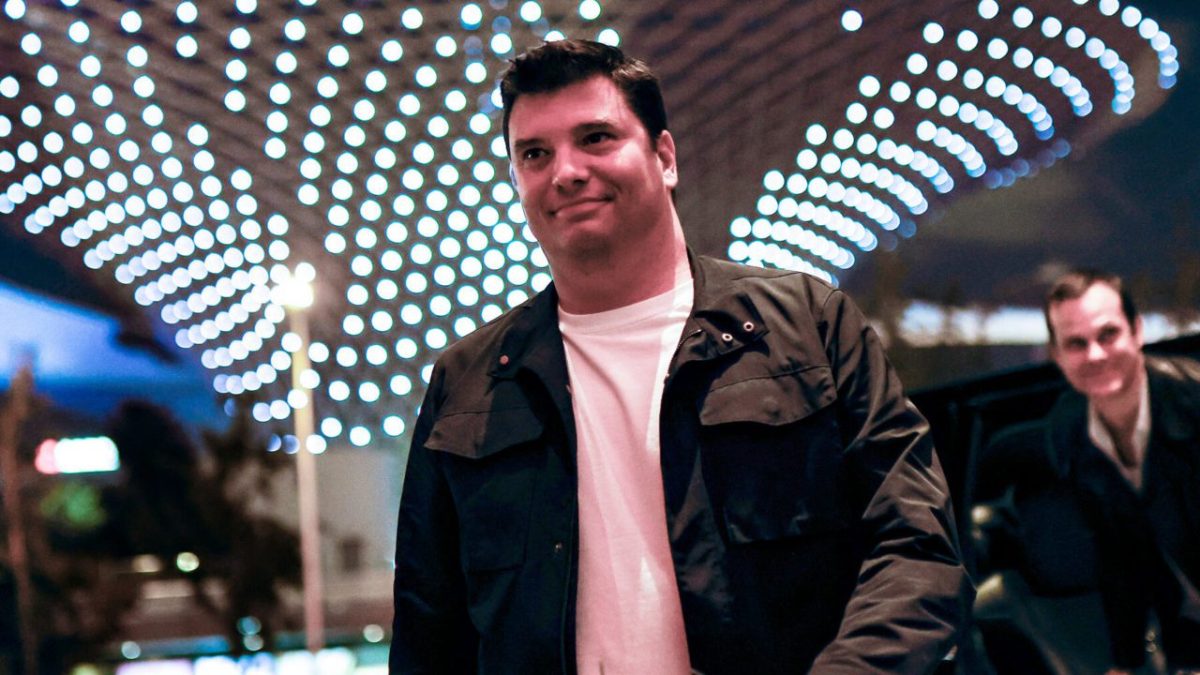
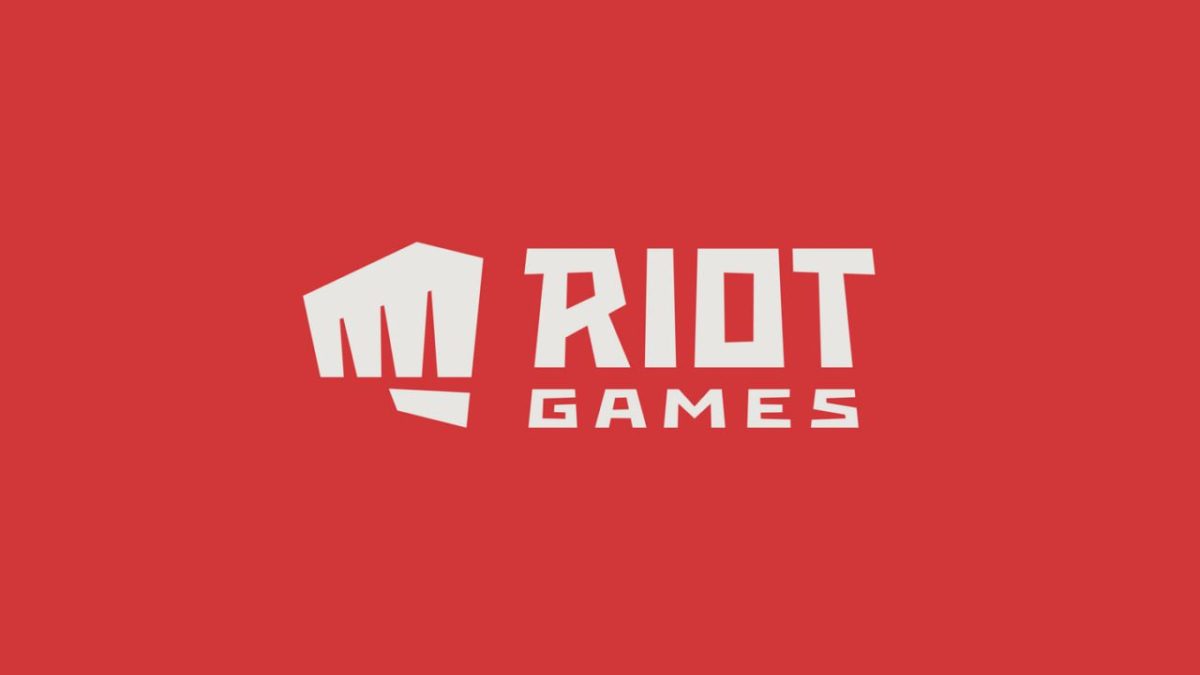
Published: Oct 6, 2019 02:11 pm